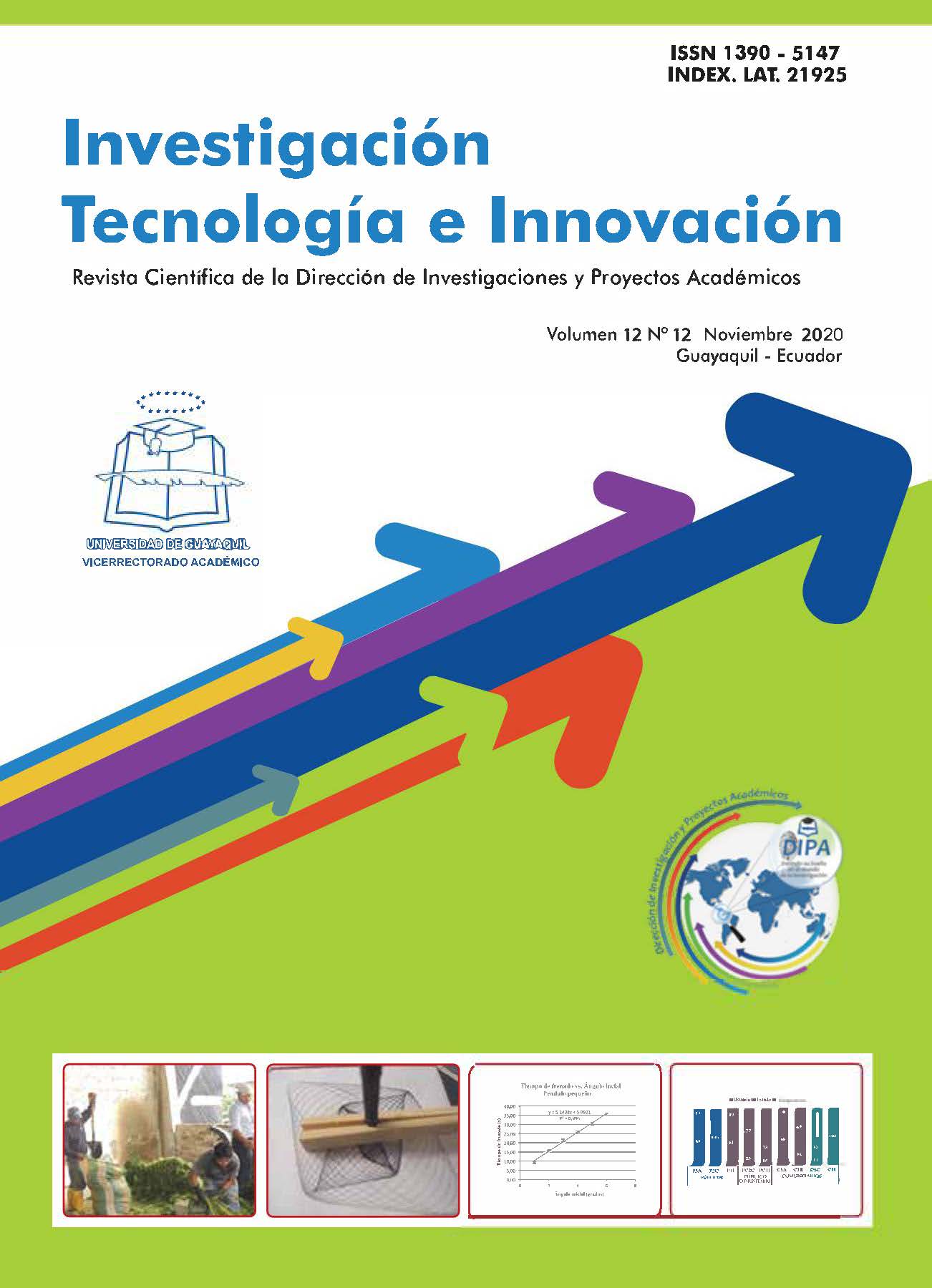Analysis of the linear dependence of variables related to the factors of Ecuadorian migration
DOI:
https://doi.org/10.53591/iti.v12i12.193Keywords:
Country, Contingency Table, Chi-Square, Statistics, Ecuador, Bivariate AnalysisAbstract
The objective of this research work is to make known are the main causes that cause migration in Ecuador, taking into account the factors that drive the Ecuadorian population to take the migratory exit as a collective strategy to determine the causes that a person has when making the decision to migrate to another country; For this study, the use of statistical and probabilistic tools as a computer instrument to obtain the results is disclosed; such as contingency tables and their statistical test such as chi square. A very powerful and free access tool will be used for the analysis of statistical data, such as R; in order to show the linear dependence of each of the variables. Based on the data analyzed, it is concluded that 90% of Ecuadorians migrate because they have a foreign residence and also those who do not have a specific occupation represent 28%.
References
Análisis Bivariado.López, C.; Hiort-Lorenzen, C. (2014). Tablas de Contingencia y Modelos de Regresión Logística aplicados a cuatro rutas migratorias a partir del medio rural en Cuba. Población y Salud en Mesoamérica.
Ramírez, B.; González, A. (2015). La migración como respuesta de los campesinos ante la crisis del café: estudio en tres municipios del Estado de Puebla. Ra Ximhai.
Canales, A., (2014). Panorama actual de la migración internacional en América Latina. Revista Latinoamericana de Población.
Zambrano, I.; López, V. (2015). Análisis de los Factoes Determinantes de la Migración del Ecuador hacia otros países y su Incidencia en la Economía ecuatoriana. Guayaquil: Universidad Católica Santiago de Guayaquil.
Ricardi, F. (2014). Estadística aplicada a la investigación en salud. MEDWave.
Cevallos-Torres, L.; Guijarro-Rodríguez, A.; López-Domínguez Rivas, L. (2016). Factores que inciden en el mal uso de la información en trabajos de investigación científica. Revista Didasc@lia: Didáctica y Educación.
Cevallos-Torres, L.; Botto-Tobar, M. (2019). Case Study: Logistical Behavior in the Use of Urban Transport Using the Monte Carlo Simulation Method.
Cevallos-Torres, L.; Botto-Tobar, M. (2019). Case Study: Project-Based Learning to Evaluate Probability Distributions in Medical Area.
Cevallos-Torres, L., L.; Botto-Tobar, M. (2019). Case Study: Probabilistic Estimates in the Application of Inventory Models for Perishable Products.
Cevallos-Torres, L.; Guijarro-Rodriguez, A.; Alarcon-Caceres, J.; Delgado Veloz, G.; Barrera Rivera, M.; Alvarado-Flores, R. (2016). Análisis estadístico de correlación entre las dosis de eritropoyetina y el nivel de hemoglobina en pacientes con insuficiencia renal crónica.
Valencia-Nunez, E.; Melendez-Tamano, C.; Valle-Alvarez, A.; Paredes Salinas, J.; Perez-Salinas, C.; Cevallos-Torres, L. (2018). Virtual classrooms and their use, measured with a statistical technique: The case of the Technical University of Ambato — Ecuador.
Downloads
Published
Issue
Section
License
Copyright (c) 2020 Erick Aspiazu, Erik Tacuri, Alfonso Vera

This work is licensed under a Creative Commons Attribution-NonCommercial 4.0 International License.






